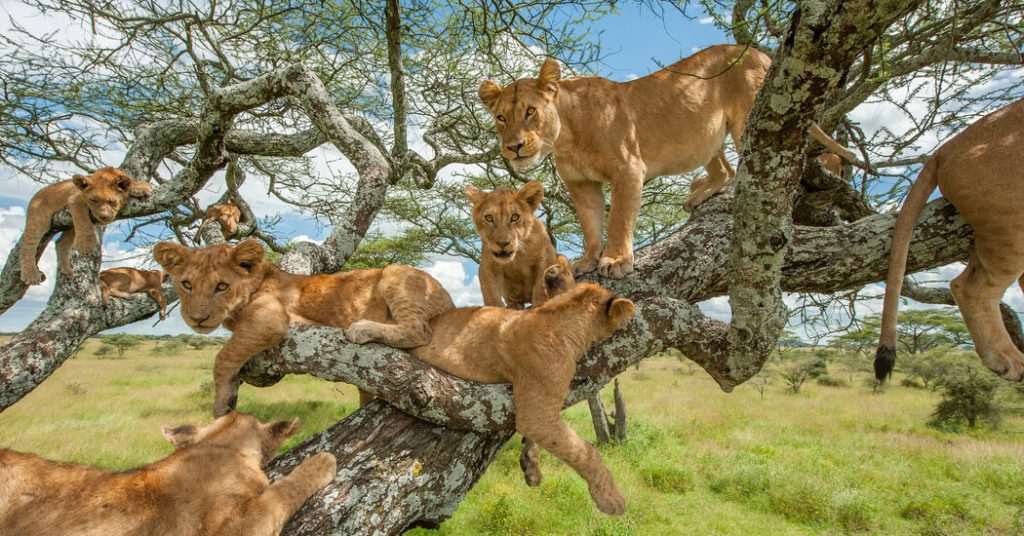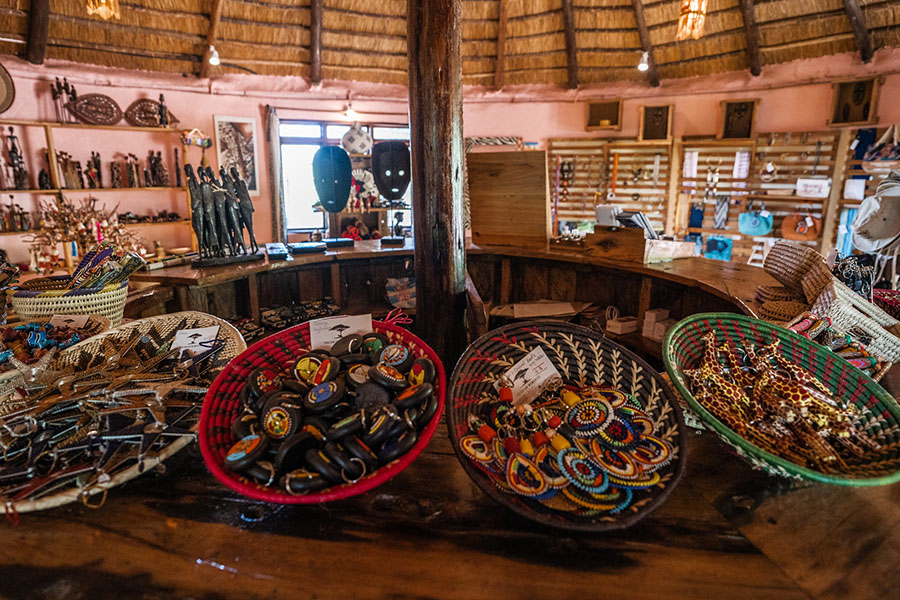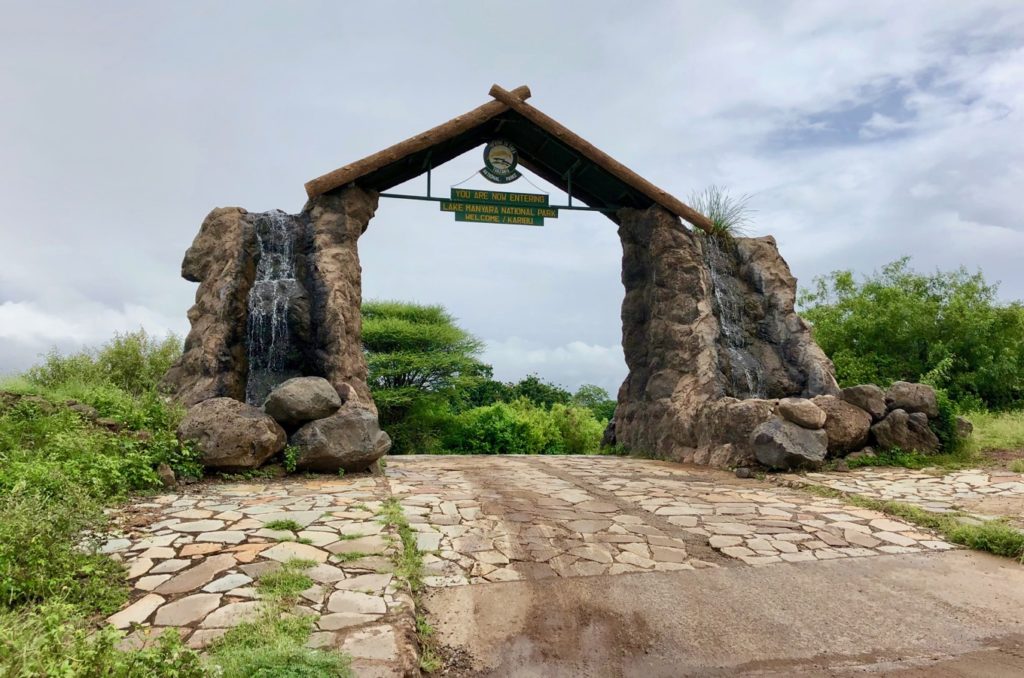Get to Know Lake Manyara National Park




Introduction
Lake Manyara National Park is a remarkable destination in northern Tanzania, celebrated for its vibrant ecosystems, diverse wildlife, and stunning landscapes. Nestled between the Great Rift Valley and Lake Manyara itself, this park offers an exceptional introduction to Tanzania’s natural beauty and ecological diversity. From flamingos flocking along the lake’s shores to tree-climbing lions lounging in acacia trees, Lake Manyara National Park promises an unforgettable experience. Here’s everything you need to know to get to know Lake Manyara and fully appreciate its unique offerings.
Overview of Lake Manyara National Park
Lake Manyara National Park covers roughly 330 square kilometers, with nearly two-thirds of that area taken up by Lake Manyara, a shallow alkaline lake that attracts a rich variety of birdlife and wildlife. The park is located close to popular safari destinations such as the Serengeti and Ngorongoro Crater, making it a great addition to a northern Tanzania safari circuit. It’s known for its scenic beauty, including the dramatic Great Rift Valley escarpment, lush groundwater forests, open savannas, and, of course, the lake itself.
Unique Ecosystems of Lake Manyara National Park
Lake Manyara’s diverse landscapes create distinct habitats that support a variety of species. When you get to know Lake Manyara, you’re exploring several ecosystems:
- The Groundwater Forest: This dense forest at the park’s entrance provides cool shade and is fed by underground springs. It’s filled with towering fig and mahogany trees and is home to blue monkeys, baboons, and an array of colorful birds.
- Lake Manyara: This shallow, alkaline lake spans about 200 square kilometers during the rainy season. Lake Manyara attracts thousands of flamingos, pelicans, storks, and other waterbirds, creating a pink-hued spectacle that is truly mesmerizing.
- Savannas and Grasslands: Beyond the lake and forest, open grasslands and savannas support grazing animals like zebras, giraffes, buffalo, and wildebeest, along with predators like lions and leopards.
- The Great Rift Valley Escarpment: The western edge of the park is framed by the dramatic escarpment of the Rift Valley, creating a stunning backdrop and sheltering unique plant and animal life. The escarpment is a popular spot for scenic viewpoints overlooking the lake and surrounding landscapes.
Wildlife Highlights of Lake Manyara National Park
One of the park’s most famous features is its tree-climbing lions—a rare behavior seen only in a few places in Africa. These lions are often seen resting on the branches of acacia trees, providing a unique wildlife sight for visitors. This behavior, although not fully understood, is believed to help the lions avoid insect bites and enjoy the cool breeze at higher levels.
The park is also home to large numbers of African elephants known for their gentle, approachable nature. Elephant sightings in Lake Manyara are common, and visitors can often observe them up close, which is an incredible experience for wildlife enthusiasts and photographers.
Birdwatchers are in for a treat, as Lake Manyara is a haven for birdlife. Over 400 bird species have been recorded here, from flocks of pink flamingos to pelicans, cormorants, and storks. During the rainy season, the lake fills with migratory birds, making it an ideal spot for birdwatching.
Other animals commonly seen in Lake Manyara include giraffes, buffalo, hippos, impalas, warthogs, and blue monkeys. For those interested in reptiles, the lake’s edges and marshy areas are home to Nile crocodiles, which can often be spotted along the water’s edge.
Activities in Lake Manyara National Park
To truly get to know Lake Manyara, visitors can enjoy a range of activities, each providing a different perspective on the park’s beauty and wildlife.
- Game Drives: A game drive is one of the best ways to explore Lake Manyara’s diverse habitats and spot its array of wildlife. Early morning and late afternoon game drives are particularly rewarding, as animals are most active during these times.
- Birdwatching: Lake Manyara is renowned for its birdlife, especially along the lake’s edges. Birdwatchers can observe everything from migratory waterbirds to endemic species, making it an ideal destination for bird enthusiasts.
- Canoe Safari: During the wet season, when the lake levels are high, canoe safaris offer a unique way to explore Lake Manyara. Gliding across the water allows for close encounters with birds, hippos, and sometimes elephants along the shore.
- Night Game Drives: Lake Manyara is one of the few parks in Tanzania that offers night game drives, allowing visitors to witness the nocturnal activities of animals. It’s a chance to see nocturnal species like bushbabies, porcupines, and occasionally, big cats on the prowl.
- Walking Safaris: Guided walking safaris are a fantastic way to experience the park’s flora and smaller fauna up close. Walking safaris are ideal for those looking to learn about plants, insects, and animal tracks with the help of a knowledgeable guide.
- Cultural Tours in Mto wa Mbu: Near the park entrance, the village of Mto wa Mbu offers cultural tours where visitors can learn about the local way of life, traditional crafts, and Tanzanian cuisine. This adds a cultural layer to the safari experience and allows visitors to engage with the community surrounding Lake Manyara.
Best Time to Visit Lake Manyara National Park
The best time to visit Lake Manyara National Park depends on what you’d like to see:
- Dry Season (June to October): This is the peak season for game viewing, as animals are drawn to the lake and rivers when water sources are scarce. The dry season also offers excellent conditions for a canoe safari.
- Wet Season (November to May): The park is lush and green during the wet season, with migratory birds arriving, including thousands of flamingos. Wildlife is still visible, but the wet conditions can make some areas more challenging to access. However, the rain and reduced crowds make this a peaceful and rewarding time to visit, especially for birdwatchers and photographers.
Conservation Efforts in Lake Manyara National Park
Lake Manyara National Park plays a significant role in Tanzania’s conservation efforts. The park’s management focuses on protecting its unique ecosystems and wildlife, as well as promoting sustainable tourism practices. Conservation challenges include managing the impact of tourism, human-wildlife conflicts, and maintaining the health of Lake Manyara itself, which is vital for the survival of numerous bird species and aquatic life. Efforts are made to involve local communities in conservation to ensure that the park’s resources are protected for future generations.
Accommodation Options in and around Lake Manyara National Park
There are various accommodation options to suit different budgets and preferences, both within the park and in nearby areas like Mto wa Mbu and Karatu.
- Luxury Lodges: These lodges offer premium amenities, often with stunning views of Lake Manyara and the Rift Valley escarpment. Luxury lodges provide a comfortable retreat after a day of safari activities.
- Mid-range Camps and Lodges: These options provide comfort and convenience, with amenities like en-suite bathrooms, delicious meals, and knowledgeable staff. They’re popular choices for those seeking a balance of comfort and adventure.
- Budget Campsites: For more adventurous travelers, there are campsites in the area that allow for a more rustic, immersive experience in the Tanzanian wilderness.
Each accommodation option provides its own unique perspective on the park, ensuring that visitors can get to know Lake Manyara in a way that suits their style and budget.
Why You Should Get to Know Lake Manyara National Park
Lake Manyara National Park is one of Tanzania’s hidden gems, often overshadowed by nearby parks like Serengeti and Ngorongoro Crater. But those who take the time to get to know Lake Manyara are rewarded with incredible biodiversity, scenic landscapes, and unique experiences that can’t be found elsewhere. The park’s compact size makes it ideal for day trips, yet its diversity of ecosystems and activities ensures there’s plenty to see and do for multiple days.
Conclusion: A Must-Visit Destination for Nature and Wildlife Enthusiasts
Getting to know Lake Manyara National Park offers travelers a taste of Tanzania’s diverse ecosystems, from lush forests to open savannas and bird-filled shores. With activities ranging from game drives and birdwatching to cultural tours and night safaris, Lake Manyara has something for every type of visitor. Whether you’re drawn by the pink flamingo-filled lake, the famous tree-climbing lions, or the scenic beauty of the Great Rift Valley, Lake Manyara is a must-visit destination that captures the heart of East Africa’s natural and cultural heritage.

One Comment